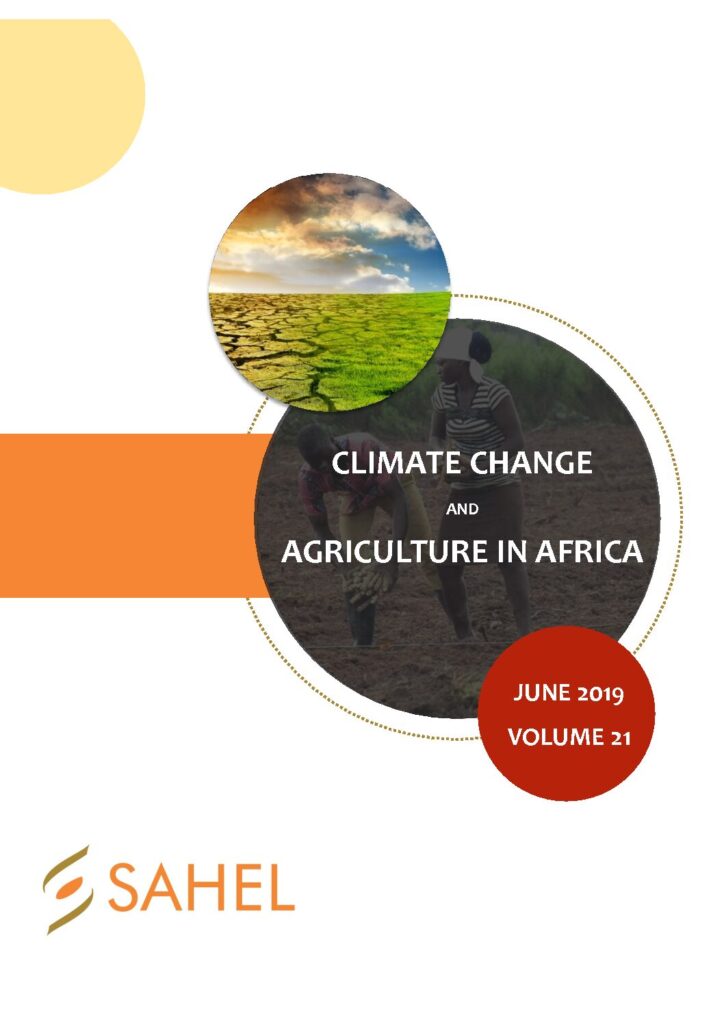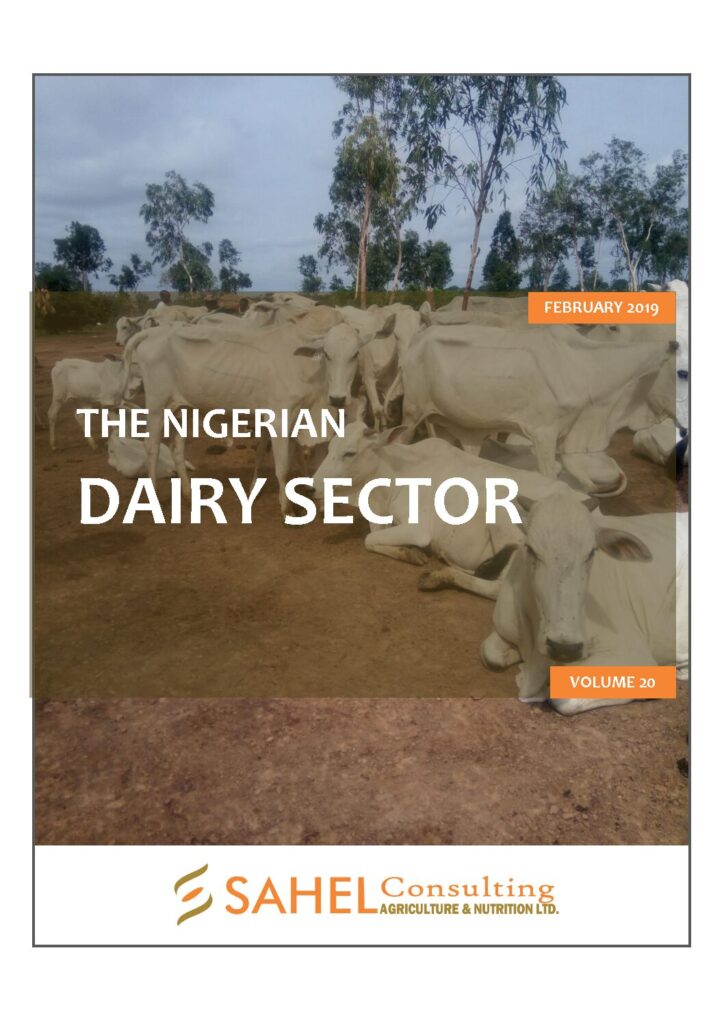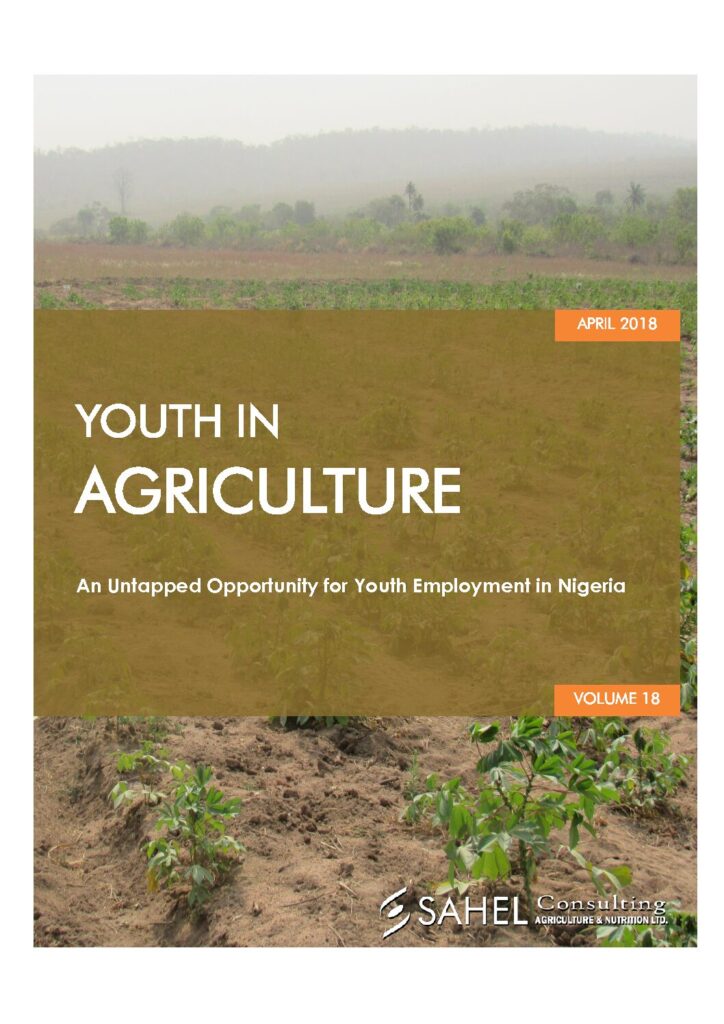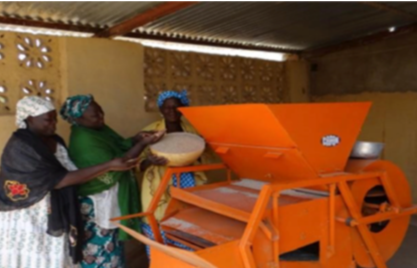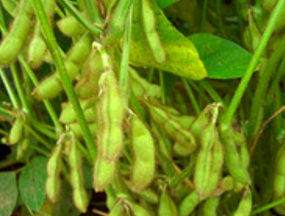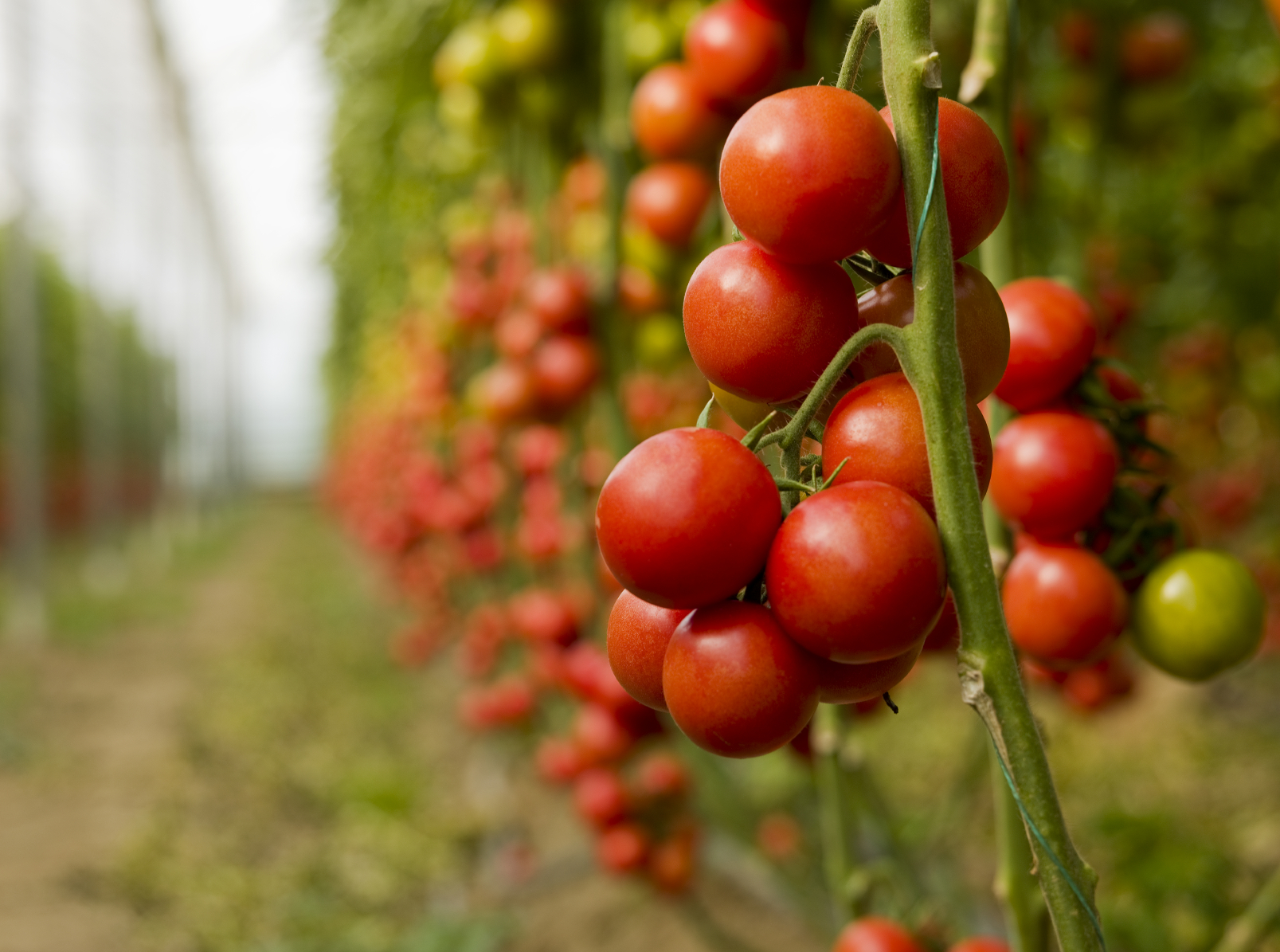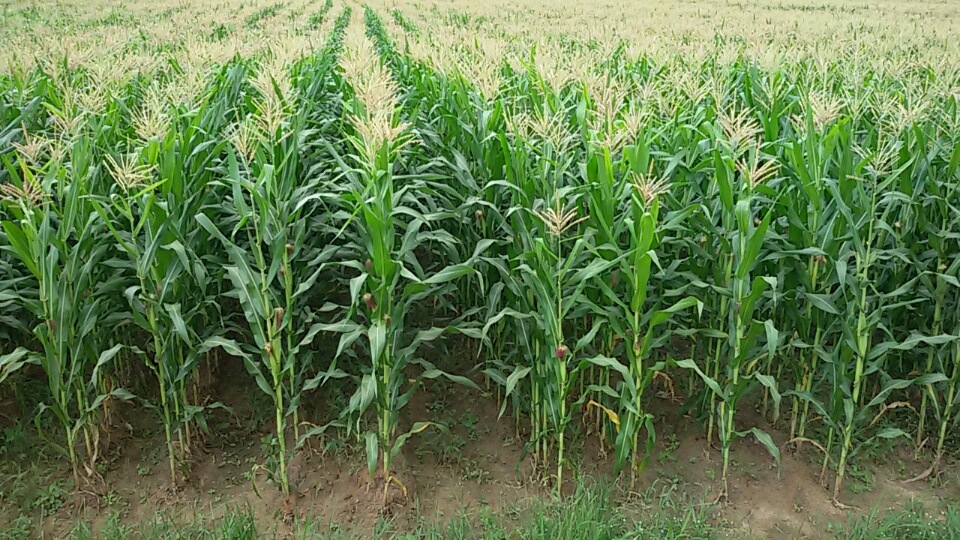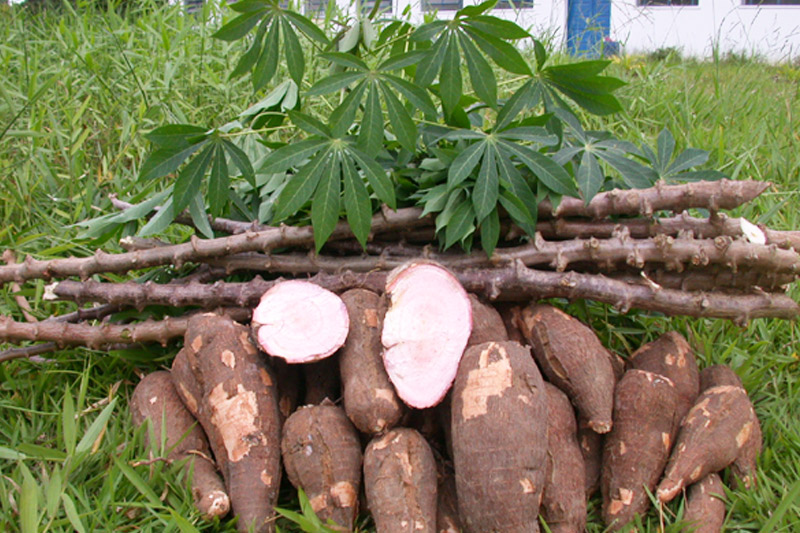[vc_row][vc_column][vc_single_image image=”2624″ img_size=”full” alignment=”center”][vc_column_text] The United Nations projects that the global population will reach 9.8 billion people by 2050. The growing global population, coupled with increasing rural-urban migration, could...
[vc_row][vc_column][vc_single_image image=”2356″ img_size=”full” alignment=”center”][vc_column_text] Of the ten countries considered most threatened by climate change globally, seven are in Africa. Given the recent devastations from flooding, droughts, desertification, and conflicts...
[vc_row][vc_column][vc_column_text] Nigeria has the 4th largest cattle population in Africa, estimated at 20 million cattle, including 2.35 million cows used for dairy production. There is also evidence of cattle...
[vc_row][vc_column][vc_column_text] Technology has played a key role in driving major agricultural advancements in the West and in Asia over the last century. The Netherlands, for example, ranks as the...
[vc_row][vc_column][vc_column_text] Africa prides herself as having one of the highest concentration of young people. By 2030, it is projected that the number of youth in Africa would have increased...
[vc_row][vc_column][vc_column_text]According to the Food and Agriculture Organization (FAO), agricultural mechanization generally refers to the application of tools, implements, and powered machinery as inputs to achieve agricultural production. It encompasses...
[vc_row][vc_column][vc_column_text]In Nigeria, the consumption of soybean has increased over the years driven by the poultry, fishery and edible oil industries. Between 2012 and 2020, the Federal Ministry of Agriculture...
[vc_row][vc_column][vc_column_text]Tomato is widely cultivated across Nigeria. Smallholder farmers planting on between 0.5 and 4 hectares of land account for 90% of production, with the balance contributed by commercial producers...
[vc_row][vc_column][vc_column_text]Maize is the second most cultivated crop in Nigeria in terms of area harvested (5.8million Ha, second to Cassava’s 7.1 million Ha, FAOSTAT, 2014). Nigeria is the second largest...
[vc_row][vc_column][vc_column_text]Cassava is a staple of choice across cultures and social divides in Nigerian households. The majority of the tuber produced is consumed locally as traditional meals. It is the...


